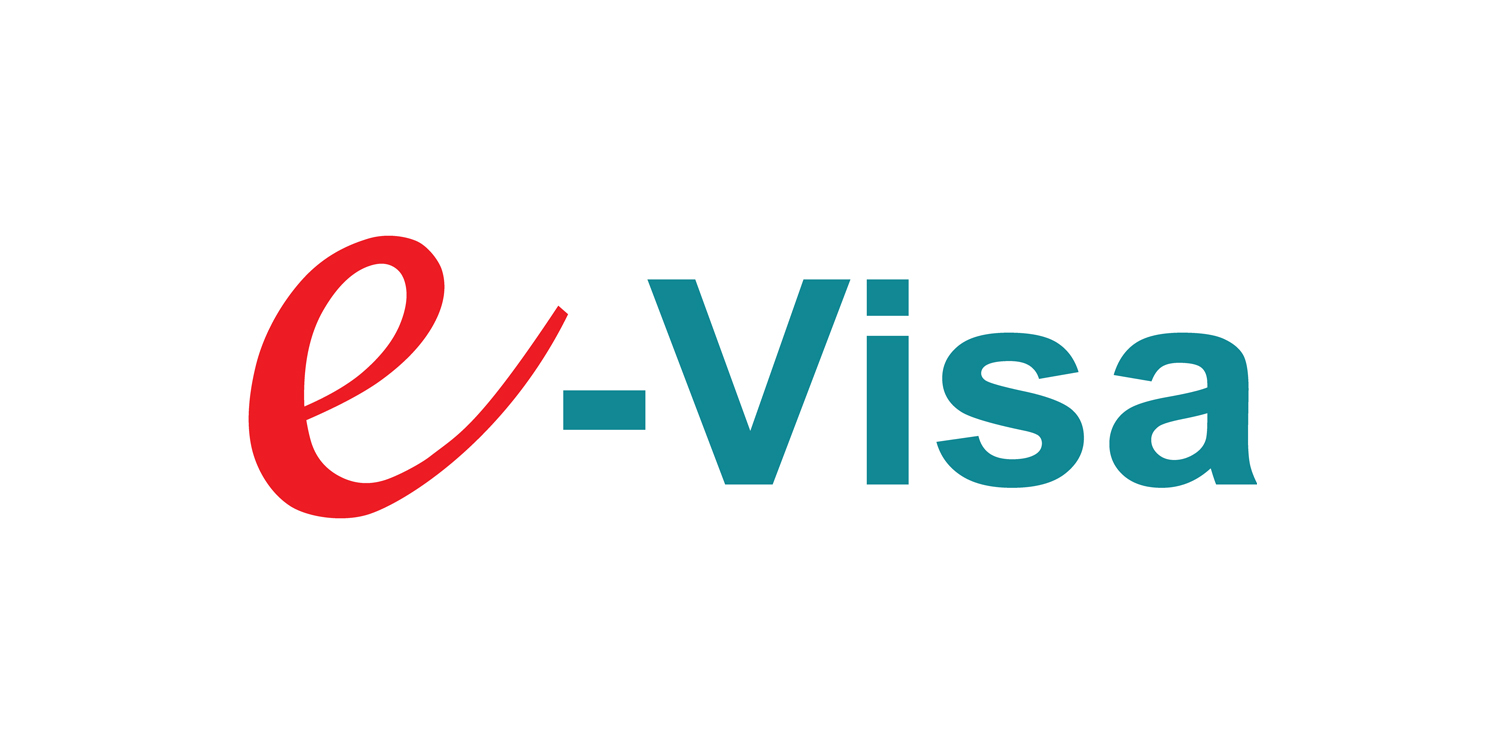What is an E Visa?
In the age of digital transformation, the way we travel has been revolutionized with the introduction of the electronic visa, commonly known as the e-Visa. Here’s everything you need to know:
Definition: An e-Visa is an official document issued electronically by a country’s immigration department, allowing foreign nationals to enter and travel within that country. Unlike traditional visas, which require a physical stamp or sticker in your passport, an e-Visa is linked directly to your passport number digitally.
How It Works:
- Application: Travelers apply for an e-Visa through an online platform, usually the official government or authorized visa service website. Here, you’ll fill out an application form, upload necessary documents (like passport photos, proof of travel, or financial statements), and pay the visa fee online.
- Processing: After submission, the application is processed by the immigration authorities. This often takes less time compared to traditional visas, with some countries offering expedited services for an additional fee.
- Issuance: Upon approval, the e-Visa is sent to the applicant via email, typically in PDF form. Some systems might just require you to enter your passport number at the border control, where your e-Visa details would show up.
- Travel: Travelers might need to print a copy of the e-Visa or ensure it’s accessible on a digital device. At the port of entry, immigration officers verify the e-Visa linked to your passport number.
Benefits:
- Convenience: Apply from anywhere, reducing the need to visit an embassy or consulate.
- Speed: Often, e-Visas are processed faster than traditional visas.
- Efficiency: Reduces paperwork and the potential for human error at the point of entry.
- Environmentally Friendly: Less need for physical materials means a smaller carbon footprint.
Key Points to Remember:
- Eligibility: Not all countries offer e-Visas, and eligibility can depend on your nationality, the purpose of visit, and duration of stay.
- Validity: E-Visas might have different validity periods than traditional visas; always check the duration and the number of entries allowed.
- Documentation: Always have a digital or physical copy of your e-Visa when traveling. Some countries might also require proof of onward travel or sufficient funds.
Examples Around the World:
- Australia’s ETA (Electronic Travel Authority) for tourists from eligible countries.
- India’s e-Visa system for tourism, business, and medical visits.
- Turkey’s e-Visa which can be obtained online by many nationalities.
Conclusion: The e-Visa system represents a significant leap towards simplifying international travel, making it more accessible and less bureaucratic. However, travelers should always check specific requirements for their destination country as policies can change, and not all nations offer this facility. Whether you’re planning a business trip or a holiday, see if your destination offers an e-Visa – it could save you time and streamline your travel preparations.

